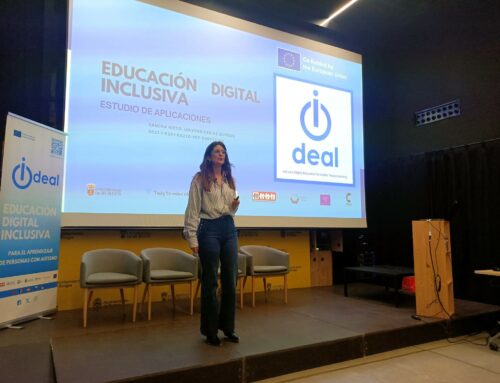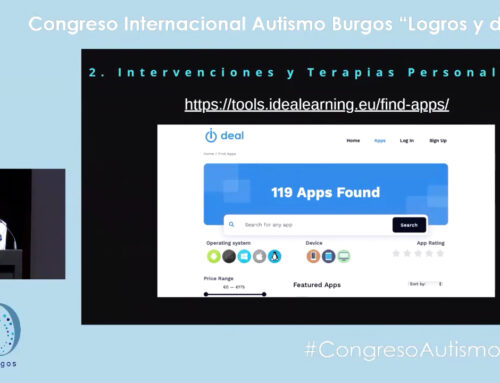The world has lived through exceptional circumstances due to the pandemic, in which the social routine has been radically modified. As mentioned by Corres and Santamaría (2020), ‘The context of isolation as a result of the pandemic has been seen to provide a very negative change in the attitude of children at academic, physical, social and emotional levels’ (p. 67).
This state of social isolation has the potential to generate a great psychological impact on students, resulting in stress, as stated by Echevarría et al., (2020). It can also severely affect learning environments for people with special educational needs (Aylin and Bermúdez, 2020). Specifically, students on the autism spectrum can be particularly affected by this. (Muñoz, 2021).
According to the DSM – 5, autism is a neurodevelopmental condition characterised by persistent impairments in social communication and interaction, restrictive and repetitive patterns of behaviour, interests or activities (American Psychiatric Association, 2013).
Due to situations of isolation, all difficulties related to time-planning, flexibility, organisational skills or changing situations and restricted interests may increase, leading to behavioural challenges (Echevarría et al, 2020). Therefore, autistic students are of particular concern among vulnerable populations, as highlighted by Muñoz (2021), ‘as individuals on the autism spectrum may feel stressed, anxious or confused if unpredictable or complex changes occur’ (Echevarría et al, 2020).
Due to these situations, the existence of a digital divide has been highlighted even among autistic people themselves. While some autistic people are able to receive training and support at home through digital resources, others with higher support needs have not been able to receive this support due to difficulties in accessing them. This divide has negative consequences for their educational and learning process.
Therefore, due to these barriers, the IDEAL Project (Inclusive Digital Education for Autistic People Learning) was born (re. KA220-VET-97F54FA7), the general objective being to eliminate the digital gap affecting autistic students with higher levels of support, facilitating equal access to digital technologies to ensure the continuity of their education and their personal and social fulfilment. A Learning Management System including accessibility requirements and digital trainings will be set up on a platform for autistic students, their families and education professionals.
The consortium of this project is made up of 7 organisations from 5 different countries: Fundación Miradas (Burgos, Spain), Universidad de Burgos (Burgos, Spain), Fondacija Hiljadu Zelja (Serbia), Autism-Europe (Belgium), Abadía Tecnológica D.L. (Burgos, Spain), Tady to mám rád, z.s. (Czech Republic) and FPDA-Federação Portuguesa de Autismo (Portugal).
References
Corres I., y Santamaría, I. (2020). Infancias vulneradas en tiempos de aislamientos social. Norte de salud mental 17(63), 67-70. https://dialnet.unirioja.es/servlet/articulo?codigo=7553719
Echevarría, I., et al. (2020). Trastorno del espectro autista: pautas para el manejo durante el periodo de aislamiento social por el coronavirus (Covid-19). Cuadernos de Neuropsicología 14(35), 37. https://dialnet.unirioja.es/servlet/articulo?codigo=7485435
Aylin M., y Bermúdez R. (2020). La socialización en el niño con autismo: retos para la educación familiar, en tiempos de aislamiento social. Revista Mapa 1(21), 3. https://revistamapa.org/index.php/es/article/view/215
Muñoz J. (2021). Autismo y Covid-19: Desafíos educativos y reflexiones en la Venezuela actual. Revista Educare, 25(3), 457-461. https://dialnet.unirioja.es/servlet/articulo?codigo=8223256
American Psychiatric Association. (2013). Guía de consulta de los criterios diagnósticos del DSM-5. DSM V (5a. Ed). 28-31. https://www.eafit.edu.co/ninos/reddelaspreguntas/Documents/dsm-vguia-consulta-manual-diagnostico-estadistico-trastornos-mentales.pdf








